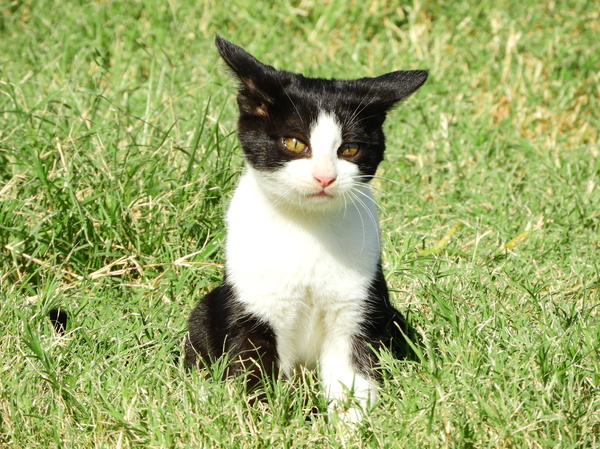
Cat litter and litter boxes play a critical role in the lives of both cats and their owners. From the simple starts of sand and soil to the ingenious advancements of today, the world of cat litter has developed substantially. In this comprehensive guide, we explore every aspect of cat litter and litter boxes, exploring their history, types, benefits, challenges, and everything in between.
The history of cat litter dates back centuries, with ancient civilizations using sand, soil, and even ashes as primitive litter materials. However, it wasn't until the mid-20th century that modern cat litter as we understand it emerged. In 1947, Edward Lowe introduced the world's very first business cat litter made from absorbent clay, revolutionizing the way cats relieved themselves indoors. Since then, cat litter has gone through many improvements, with the intro of clumping litter, silica gel litter, eco-friendly alternatives, and more.
Today, feline owners are ruined for option when it concerns choosing the right litter for their feline companions. Traditional clay litter stays popular for its price and efficiency in taking in odors. Clumping litter, which forms solid clumps when wet, streamlines cleansing and maintenance. Silica gel litter, composed of highly absorbent silica crystals, uses remarkable smell control and longevity. Biodegradable alternatives, such as recycled paper, wood pellets, corn, and wheat, attract environmentally conscious customers.
Each kind of cat litter offers unique benefits. Clay litter masters its ability to absorb wetness and control odors, making it a trustworthy choice for many feline owners. Clumping litter simplifies daily scooping and extends the time in between total litter changes. Silica gel litter supplies remarkable odor control and can last longer in between replacements. Naturally degradable litters offer a sustainable option that lessens environmental effect.
While cat litter improves indoor feline hygiene, it is not without its obstacles. Dust from clay litter can present breathing dangers cat litter alternatives for both felines and people, prompting the appeal of dust-free alternatives. Some felines may establish litter box aversion due to issues with texture, aroma, or cleanliness, demanding experimentation with different litters and box setups. Multi-cat homes might require tactical litter box placement and regular maintenance to avoid territorial conflicts and ensure all felines have access to clean facilities.
Selecting the suitable litter box is essential for promoting favorable litter box habits and general feline well-being. Elements to think about include size, availability, and design choices. Covered litter boxes provide personal privacy and help include odors, however some cats might discover them confining or frightening. Open-top litter boxes offer simple gain Pine Pellet Cat Litter access to and exposure but may lead to more litter scatter. Automatic self-cleaning litter boxes enhance maintenance but need regular monitoring and maintenance.
Proper litter box maintenance is vital for making sure a clean and inviting environment for both felines and their owners. Daily scooping automatic cat litter box removes waste immediately, minimizing odor and dissuading litter box hostility. Regular litter replacement, usually every 1-2 weeks, avoids bacterial accumulation and maintains ideal absorbency. Extensive cleaning with mild detergent and water, preventing extreme chemicals that may discourage felines from utilizing package, ought to be performed monthly.
Cat litter and litter boxes play a main function in fostering a healthy and harmonious relationship between felines and their human buddies. With a varied array of litter options and litter box designs offered, feline owners have the flexibility to customize their options to match their cats' preferences and home needs. By comprehending the advancement, types, advantages, and obstacles of cat litter and litter boxes, pet owners can provide their feline buddies with a comfortable and hygienic indoor environment.